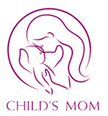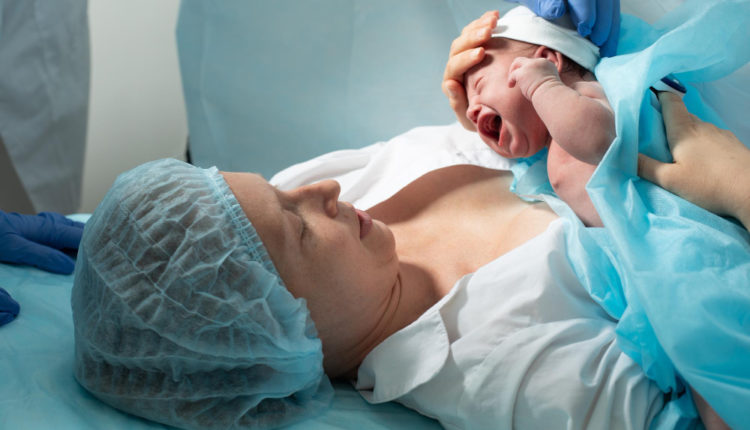Preeclampsia is a serious condition that can affect pregnant women, and it often requires prompt medical attention. While much attention is given to managing preeclampsia during pregnancy, it’s equally important to understand what happens after delivery. In this article, we’ll delve into the details of preeclampsia treatment after delivery and how women can take care of themselves during this crucial postpartum period.
Understanding Preeclampsia
What is Preeclampsia?
Preeclampsia is a pregnancy complication characterized by high blood pressure and signs of damage to other organ systems, most often the liver and kidneys. It usually occurs after the 20th week of pregnancy and can affect both the mother and the baby.
Risk Factors for Preeclampsia
Before we discuss postpartum treatment, let’s briefly touch on the risk factors that increase a woman’s likelihood of developing preeclampsia during pregnancy.
Preeclampsia During Pregnancy
Symptoms and Diagnosis
Preeclampsia presents various symptoms, including high blood pressure, swelling, headaches, and vision problems. Timely diagnosis is crucial for effective management.
Complications and Risks
Untreated preeclampsia can lead to severe complications for both the mother and the baby. Understanding these risks is essential.
Preeclampsia Treatment During Pregnancy
During pregnancy, managing preeclampsia is of paramount importance. Here are the key aspects of treatment:
Lifestyle Changes
Making certain lifestyle changes can help manage preeclampsia and reduce its impact on both the mother and the baby.
Medications
In some cases, medications may be prescribed to control blood pressure and prevent complications.
Monitoring
Frequent monitoring by healthcare professionals is vital to ensure the condition doesn’t worsen.
Preeclampsia After Delivery
Postpartum Preeclampsia
Preeclampsia can also develop after childbirth, known as postpartum preeclampsia. This condition often catches new mothers by surprise.
Symptoms and Diagnosis
Understanding the signs and symptoms of postpartum preeclampsia and how it’s diagnosed is essential.
Treatment Options
Treating preeclampsia after delivery may differ from the approach during pregnancy. Learn about the available treatment options.
Self-Care Tips for Postpartum Preeclampsia
Taking care of yourself during the postpartum period is crucial. Here are some self-care tips for women who have experienced postpartum preeclampsia.
Recovery and Follow-Up Care
Recovering from preeclampsia takes time. Discover what to expect during this process and the importance of follow-up care.
Importance of Regular Check-ups
Regular medical check-ups are essential for women who have experienced preeclampsia, both during and after pregnancy. Find out why they are crucial.
Preventative Measures
Can preeclampsia be prevented? Learn about potential preventative measures and risk reduction strategies.
Support and Resources
Living with the aftermath of preeclampsia can be challenging. Explore the support and resources available to women and their families.
Conclusion
In conclusion, preeclampsia is a complex condition that requires thorough understanding and proactive management. Whether during pregnancy or after delivery, timely medical attention and self-care are essential for a safe and healthy postpartum experience.
Frequently Asked Questions (FAQs)
- Can preeclampsia develop after childbirth?
- Yes, postpartum preeclampsia can occur within a few days to weeks after giving birth.
- Are there any long-term effects of preeclampsia?
- Preeclampsia can have lasting health implications, so postpartum care and follow-up are crucial.
- Can lifestyle changes prevent preeclampsia during pregnancy?
- While lifestyle changes can help, preeclampsia can still occur in some cases. Regular prenatal care is essential.
- Is breastfeeding safe for women who had preeclampsia?
- Breastfeeding is generally safe for women with a history of preeclampsia, but individual circumstances may vary.
- Where can I find support and resources for preeclampsia?
- Many organizations and healthcare providers offer support and information for individuals affected by preeclampsia.
This article provides comprehensive information about preeclampsia treatment after delivery, empowering women and their families to navigate this challenging condition with confidence and knowledge. If you have any concerns or questions about preeclampsia, don’t hesitate to seek medical advice and support.

